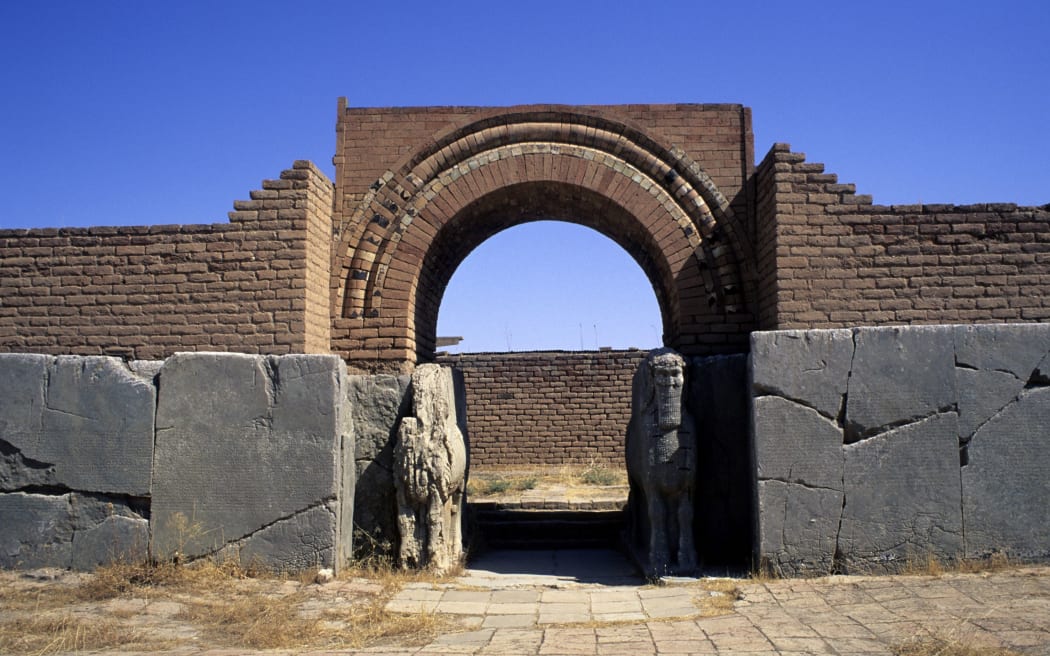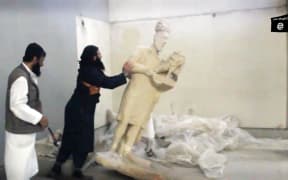Islamic State (IS) jihadists have begun bulldozing the ruins of the ancient Assyrian city of Nimrud, Iraqi government officials say.
The ministry of tourism says IS used heavy machinery to destroy the site - one of the most celebrated jewels of Iraq's archaeological heritage.
Nimrud was founded in the 13th century BC and lies about 30km south-east of Mosul.

IS jihadists are reportedly bulldozing the ancient Assyrian city of Nimrud. Photo: AFP
IS says ancient shrines and statues are "false idols" that have to be smashed.
Last week, IS released a video apparently showing jihadists with sledgehammers destroying historic artefacts in a museum in Mosul.
That attack was condemned by the UN as a war crime.
IS "assaulted the historic city of Nimrud and bulldozed it with heavy vehicles", the Iraqi ministry of tourism said on its Facebook page.
It said the militants continued to "defy the will of the world and the feelings of humanity", calling for a UN Security Council meeting to discuss how to protect cultural heritage in Iraq.
The statement provided no details on the extent of the damage to the site.
IS reportedly used heavy military vehicles to transport the artefacts from Nimrud.
Last week, the video posted by IS via social media sites showed black-clad men at Mosul's museum pushing over statues, smashing them with sledgehammers and using a pneumatic drill to destroy the rubble.
One was seen drilling through and pulling apart what appeared to be a stone winged-bull, an Assyrian protective deity dating to the seventh century BC.
IS has controlled Mosul, Iraq's second largest city, and nearby areas since June 2014.
The region held by the IS in Iraq has nearly 1800 of the country's 12,000 registered archaeological sites.
The reported destruction of the statues followed reports that IS burnt down Mosul Library, which housed over 8000 ancient manuscripts.
Nimrud is an ancient city on the banks of the River Tigris. In the Middle Assyrian period (the six centuries before 1000 BC), it was known as Kalhu and appears in the Old Testament as Calah.
Assyrian power spread from northern Mesopotamia - the area now occupied by parts of Iraq, Syria and Turkey. For about 150 years Nimrud was the Assyrian capital but eventually went into decline.
- BBC


